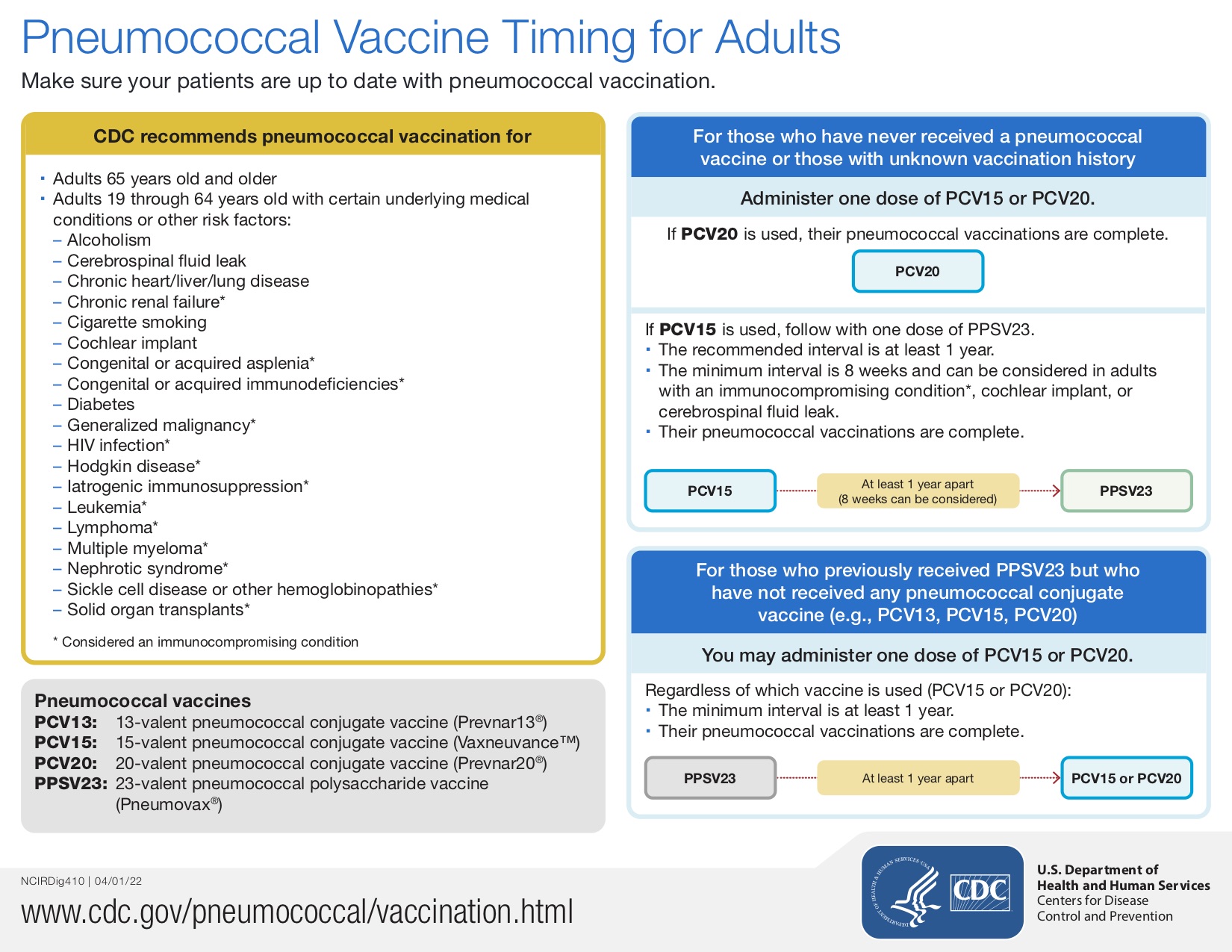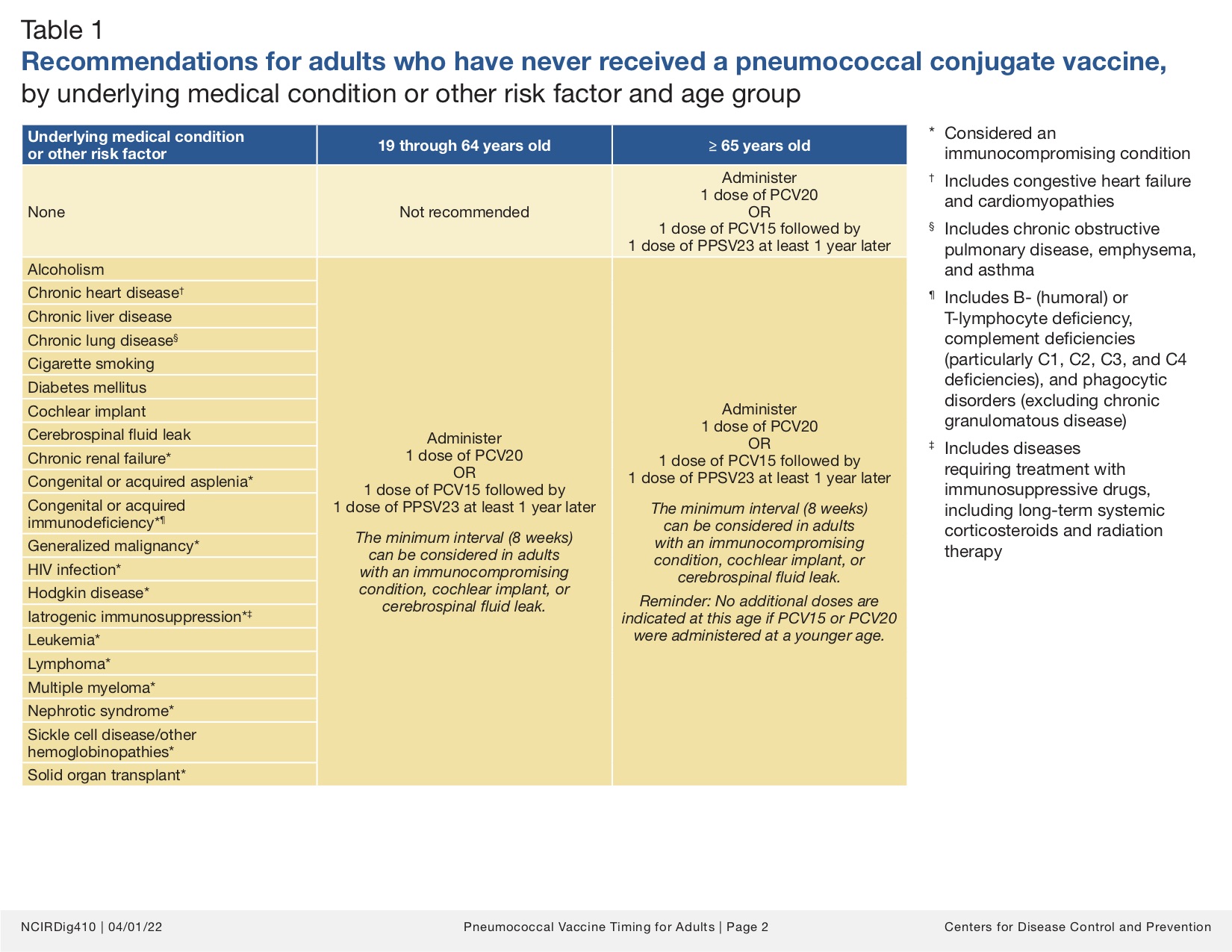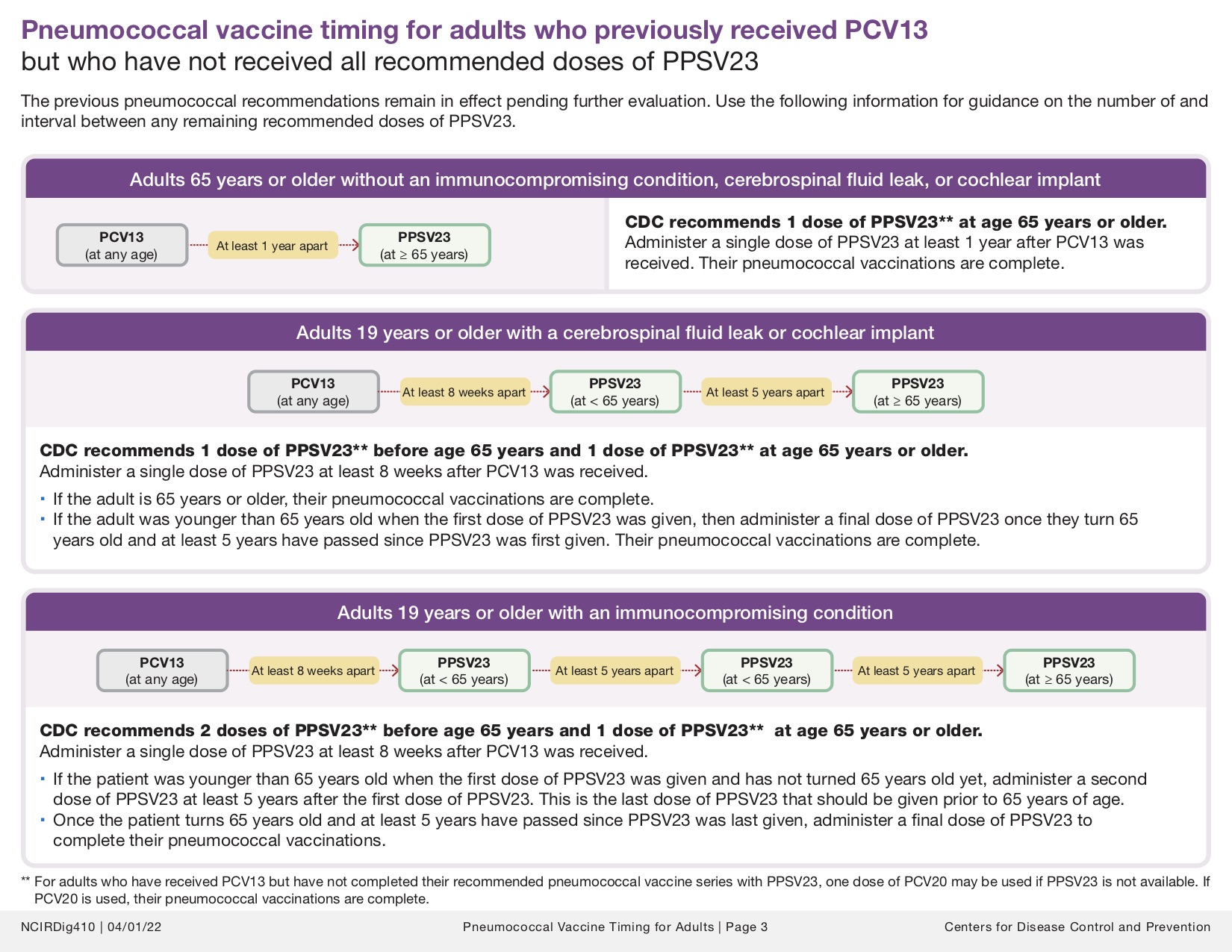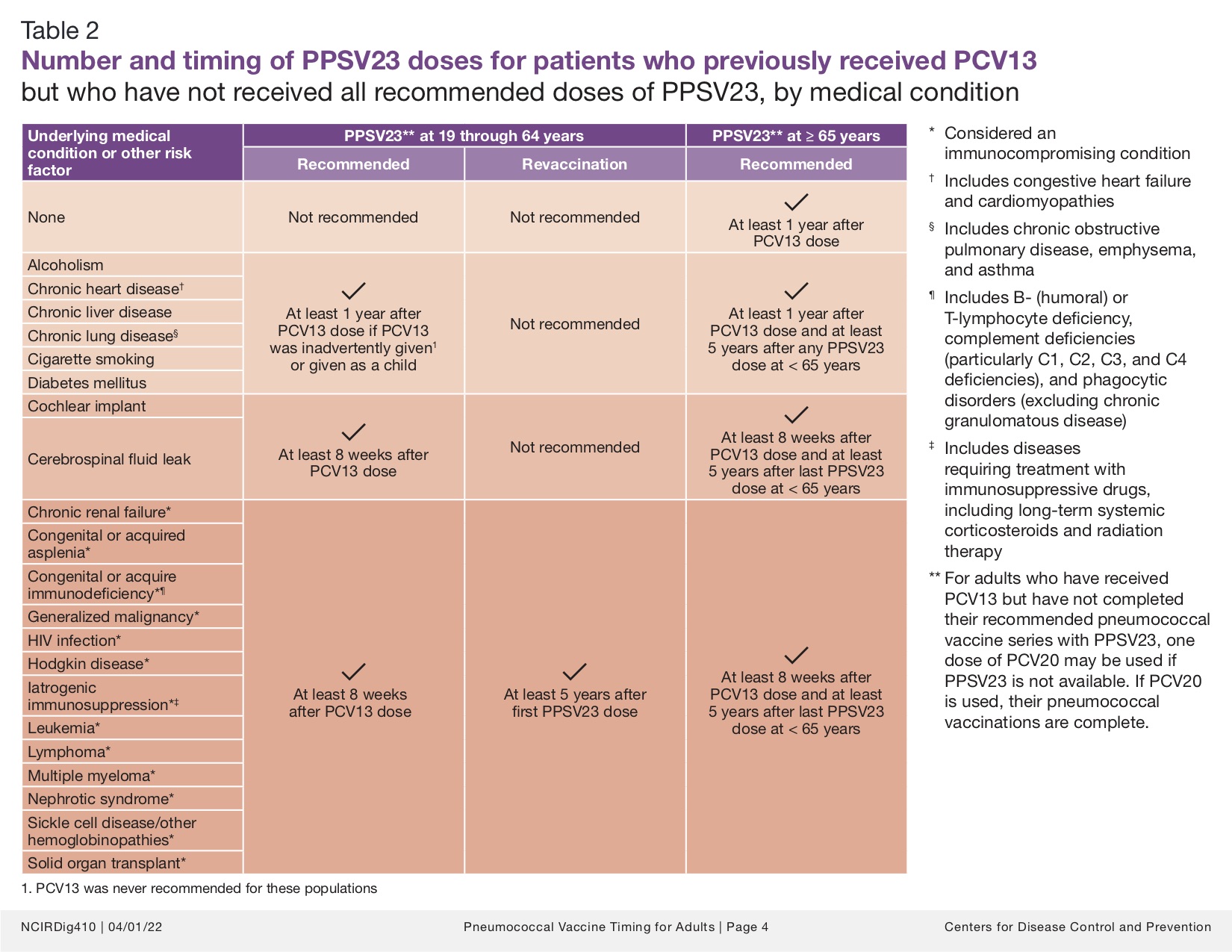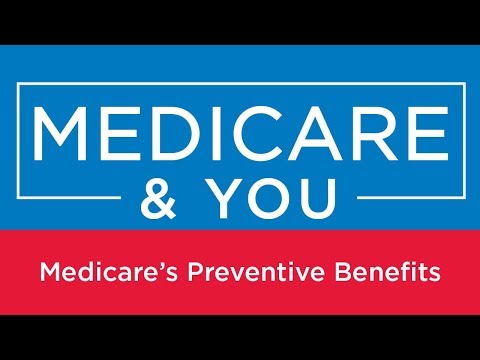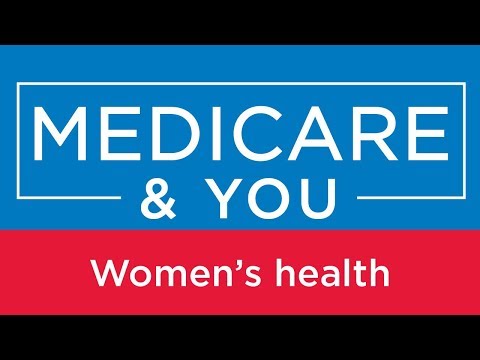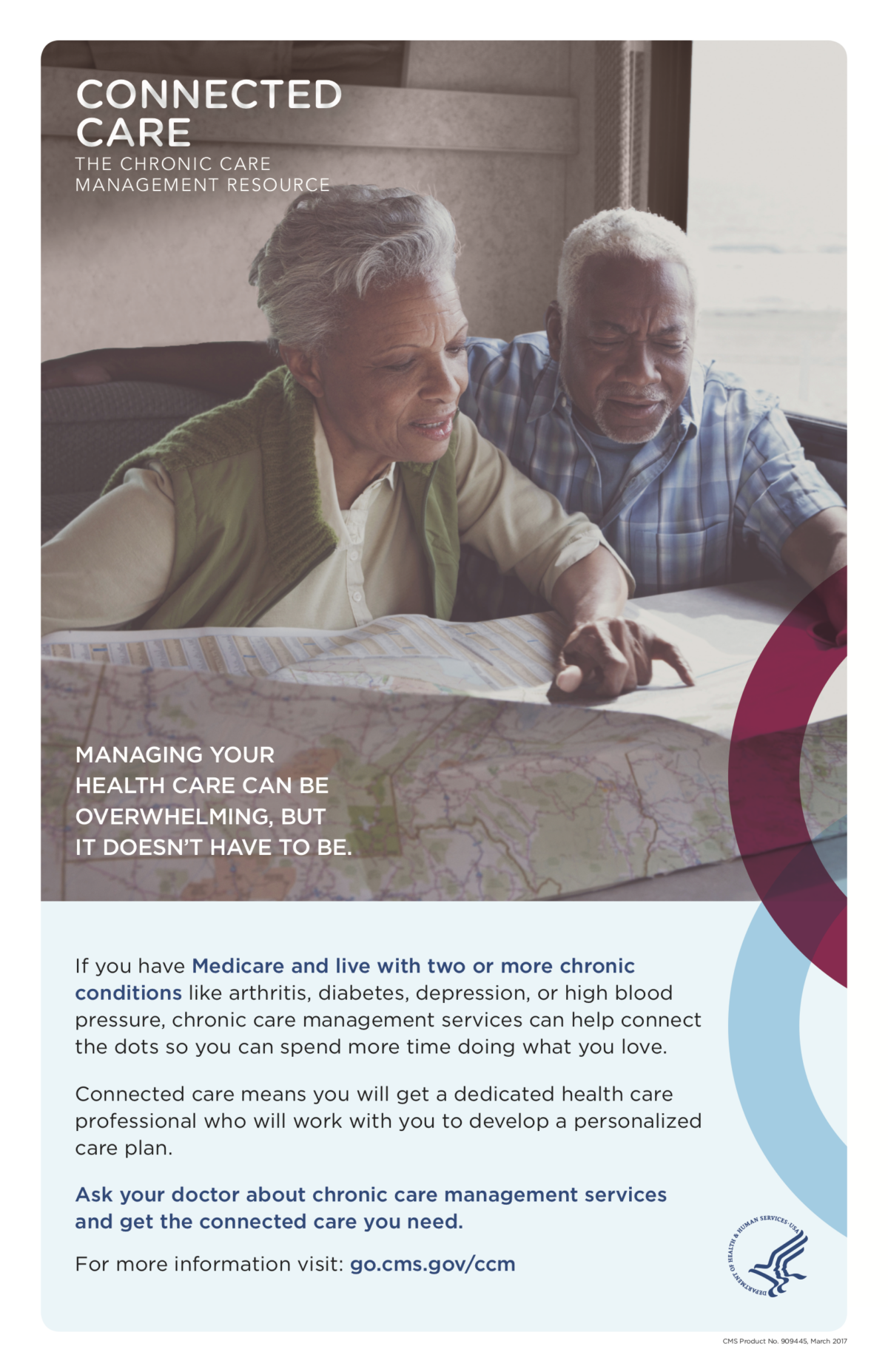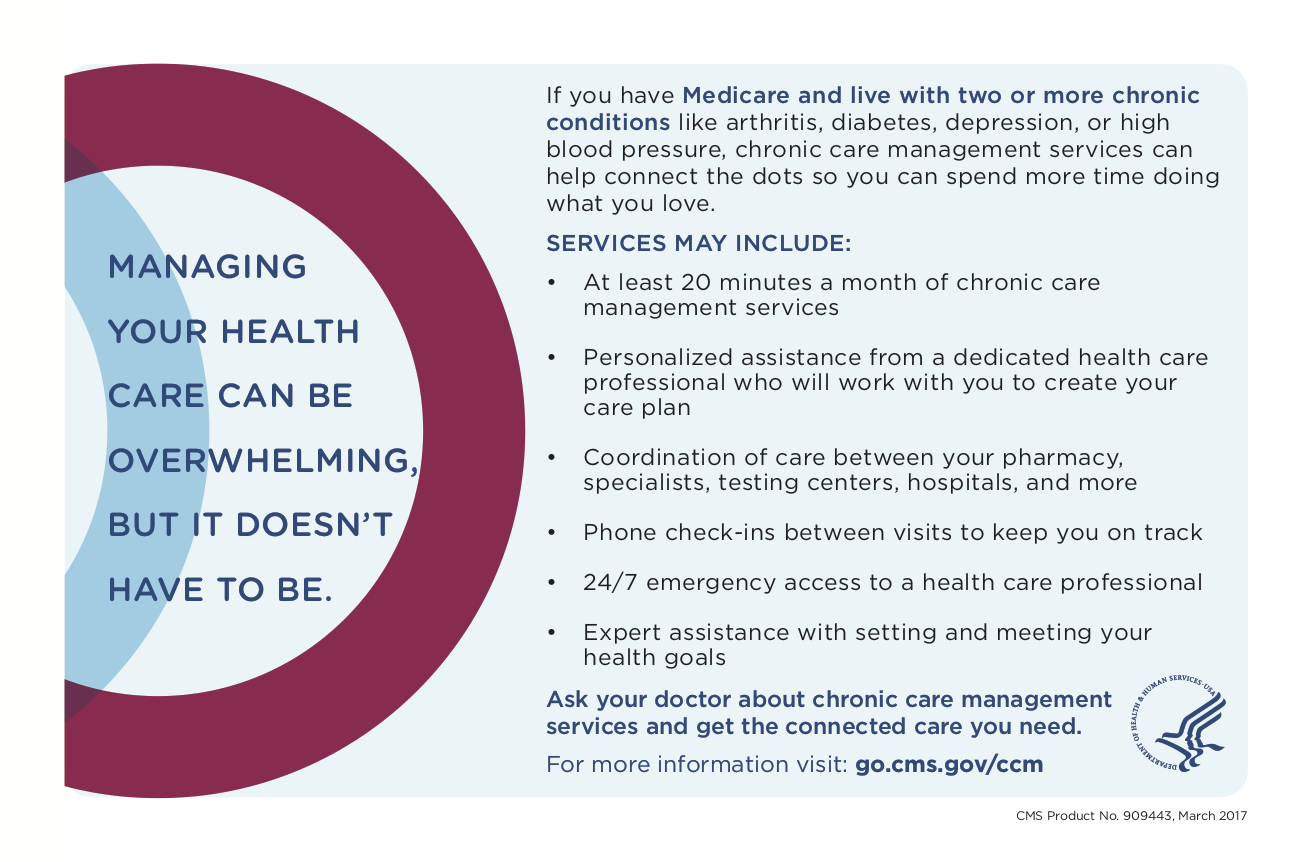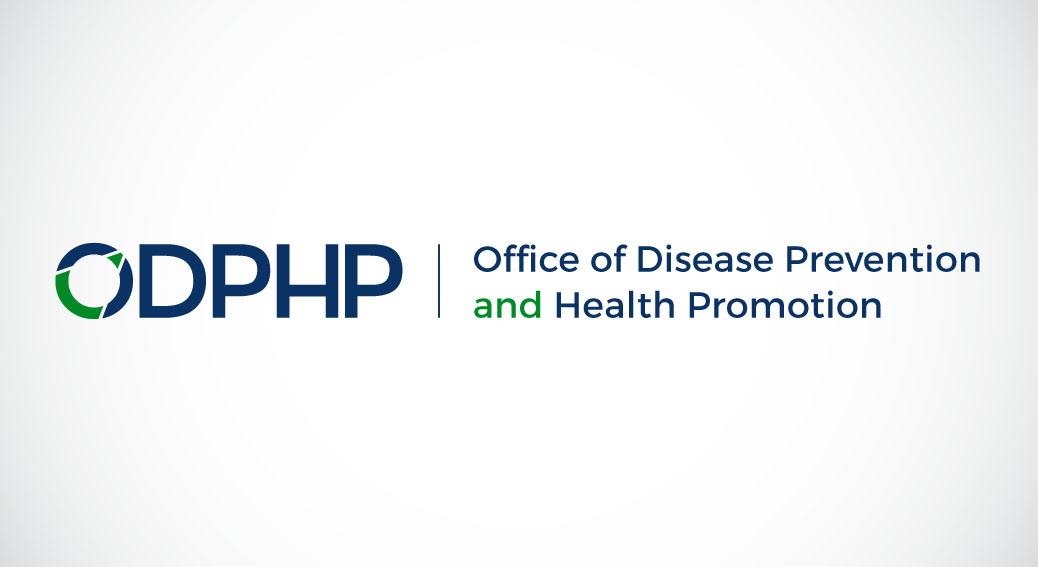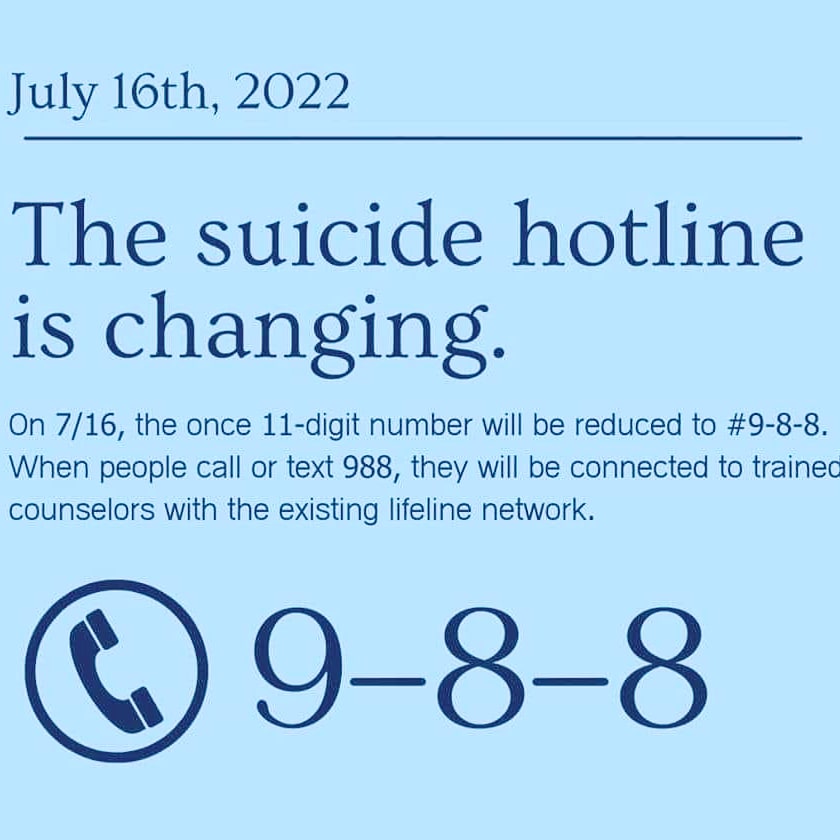PATIENT INFO
Recommended Items to Bring On Visits:
- Medical records, including immunization records
- A detailed family health history
- A full list of medications and supplements, including calcium and vitamins, and how often and how much of each they take
- A full list of current providers and suppliers involved in their care, including community-based providers (for example, personal care, adult day care, and home-delivered meals) and behavioral health specialists
Patient Portal
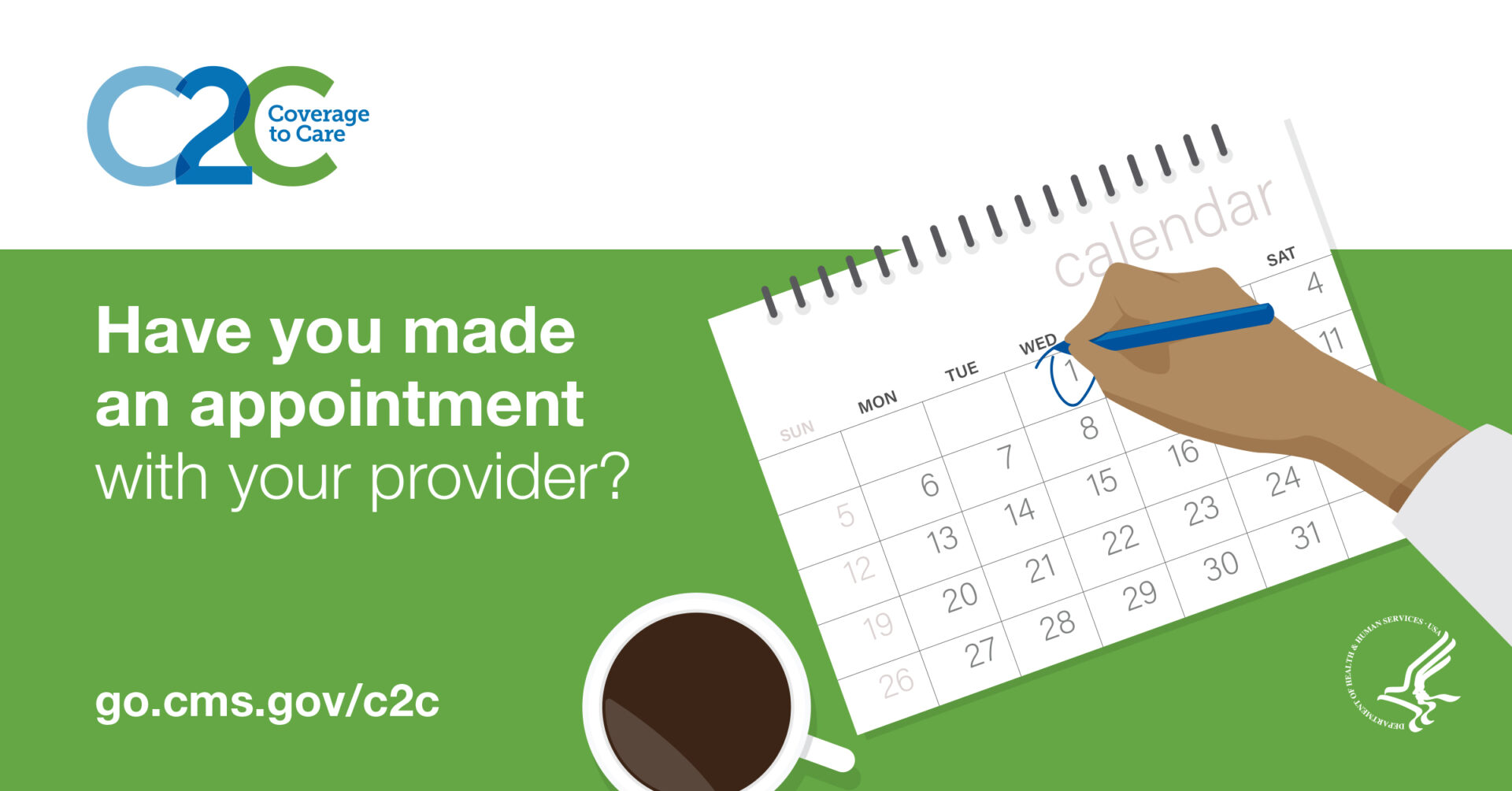
Schedule Your Annual Wellness Visit
This is a reminder to reach out to your doctor and schedule your annual Medicare wellness visit if you haven’t already.
It’s important to keep up to date with your annual wellness visit so your doctor can note any health changes from year to year. During your visit, you will talk to your doctor about preventive services that may be right for you as part of your prevention plan. Preventive screenings can help you detect many health conditions early when treatment is most effective.
Remember: You pay nothing for your annual wellness visit and many other preventive services if your doctor accepts the Medicare-approved payment amount for the service. You can also log in or create your Medicare account to view your eligible preventive services.
What do I need to do during Fall Open Enrollment?
Fall Open Enrollment runs from October 15 through December 7 each year. This period is also called the Annual Election Period. During this time, you can make changes to your health insurance coverage, including adding, dropping, or changing your Medicare coverage. Even if you’re happy with your current health and drug coverage, Fall Open Enrollment is the time to review what you have, compare it with other options, and make sure that your current coverage still meets your needs for the coming year.
You can make as many changes as you need to your Medicare coverage during Fall Open Enrollment. This can be:
- Joining a new Medicare Advantage Plan
- Joining a new Part D prescription drug plan
- Switching from Original Medicare to a Medicare Advantage Plan
- Switching from a Medicare Advantage Plan to Original Medicare (with or without a Part D plan)
Before making changes to your Medicare coverage, think about:
- Your access to health care providers you want to see
- Your access to preferred pharmacies
- Your access to benefits and services you need
- The total costs for insurance premiums, deductibles, and cost-sharing amounts
Make sure that your drugs will still be covered next year and that your providers and pharmacies are still in the plan’s network. If you are unhappy with any of your plan’s changes, you can enroll in a new plan. If you want assistance reviewing your options, contact your State Health Insurance Assistance Program (SHIP) for individualized counseling. Even if you are happy with your current Medicare coverage, consider other Medicare health and drug plan options in your area. For example, even if you do not plan to change your Medicare Advantage or Part D plan, you should check to see if there’s another plan in your area that will offer you better health and/or drug coverage at a more affordable price. Research shows that people with Medicare prescription drug coverage could lower their costs by shopping among plans each year. There could be another Part D plan in your area that covers the drugs you take with fewer restrictions and/or lower prices.
Heart Health Tips Recommended by the CDC:
- Talk to your doctor and learn your health history
- Eat a healthy diet consisting of fruits, vegetables, whole grains, lean meats, and low-fat dairy products. Try to avoid highly processed foods
- Make time to get at least 150 minutes of exercise per week
- Quit smoking
- Take prescribed medications and ask questions if you have any
- Limit alcoholic beverage intake and try to drink more water rather than sugary drinks
- Monitor your blood pressure at home
Pneumococcal Vaccine Recommendations for Older Adults
There are two vaccines that help prevent pneumococcal disease among adults 65 years or older. Both vaccines are safe and effective, but they cannot be given at the same time.
Pneumococcal polysaccharide vaccine (PPSV23)
CDC recommends all adults 65 years or older get a shot of PPSV23.
Pneumococcal conjugate vaccine (PCV13)
CDC recommends adults 65 years or older get a shot of PCV13 if they have never received a dose and have a:
- Condition that weakens the immune system†
- Cerebrospinal fluid leak
- Cochlear implant
Older adults who have never received a dose and do not have one of the conditions described above may also discuss vaccination with their vaccine provider to decide if PCV13 is appropriate for them.
If you are recommended to or want to receive both vaccines:
- Get PCV13 first. Talk to your doctor about when to come back to get PPSV23.
- If you’ve already received PPSV23, wait at least a year after that shot before you get PCV13.
As a Medicare Beneficiary, you are entitled to certain benefits. Below are a bunch of resources telling you what you can expect. Click through and explore everything that is available to you.

